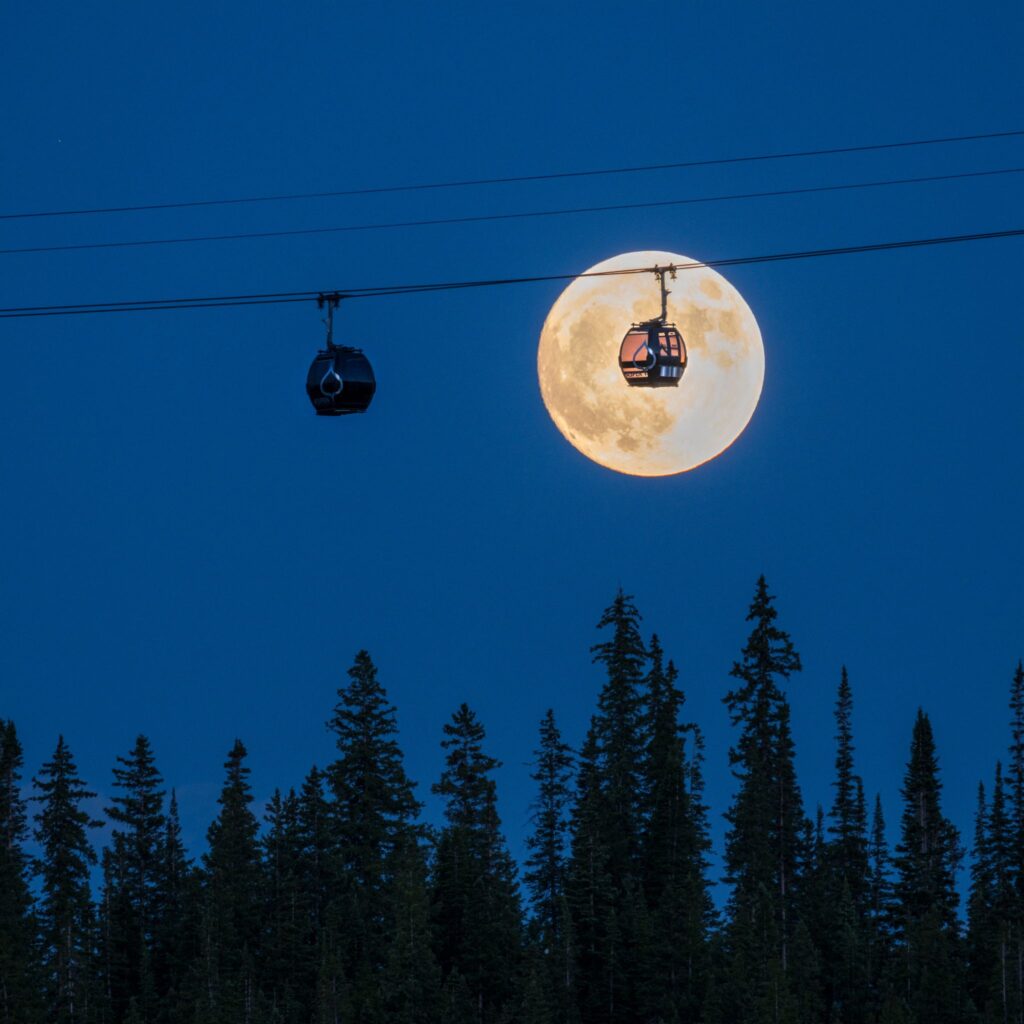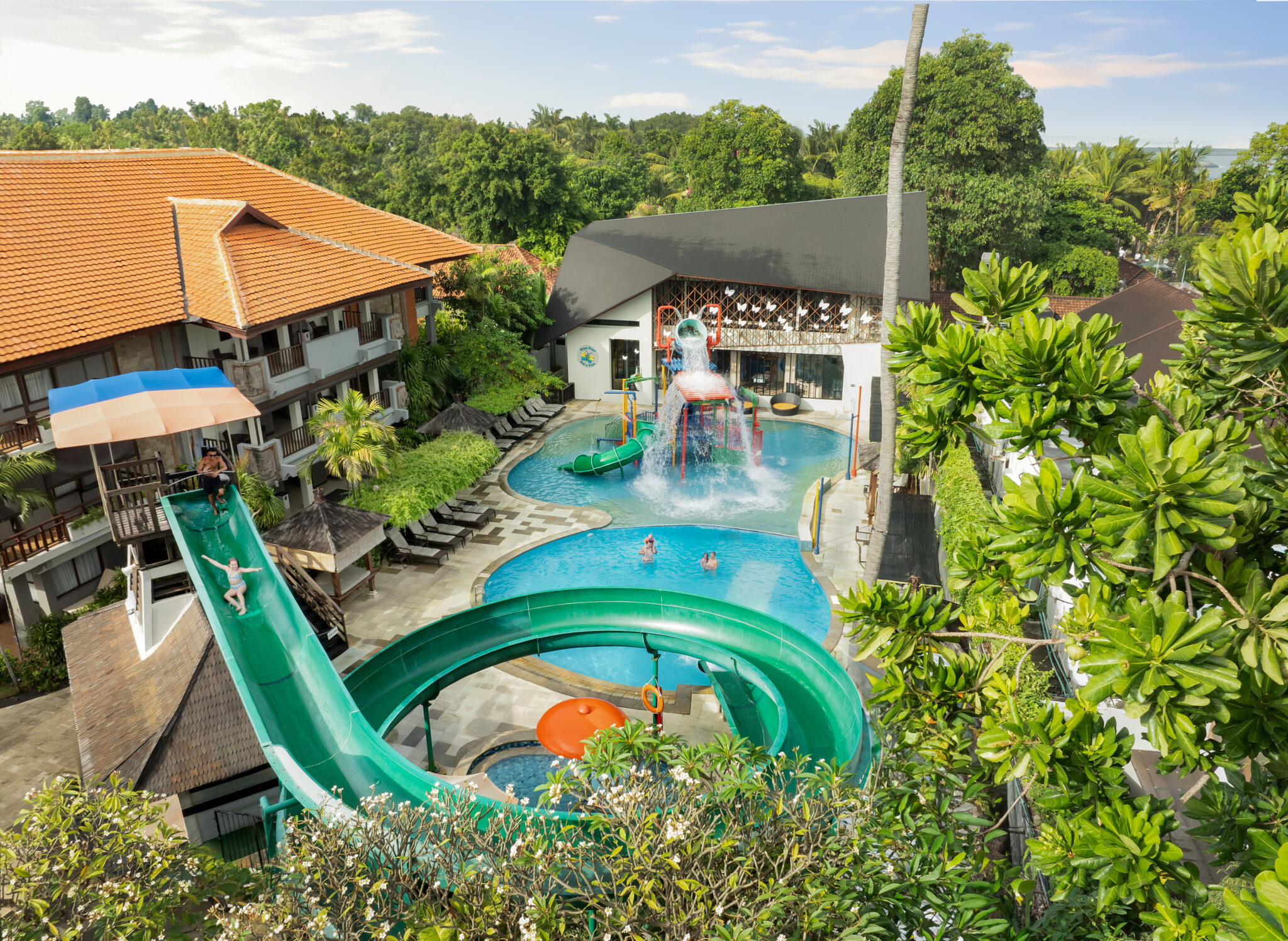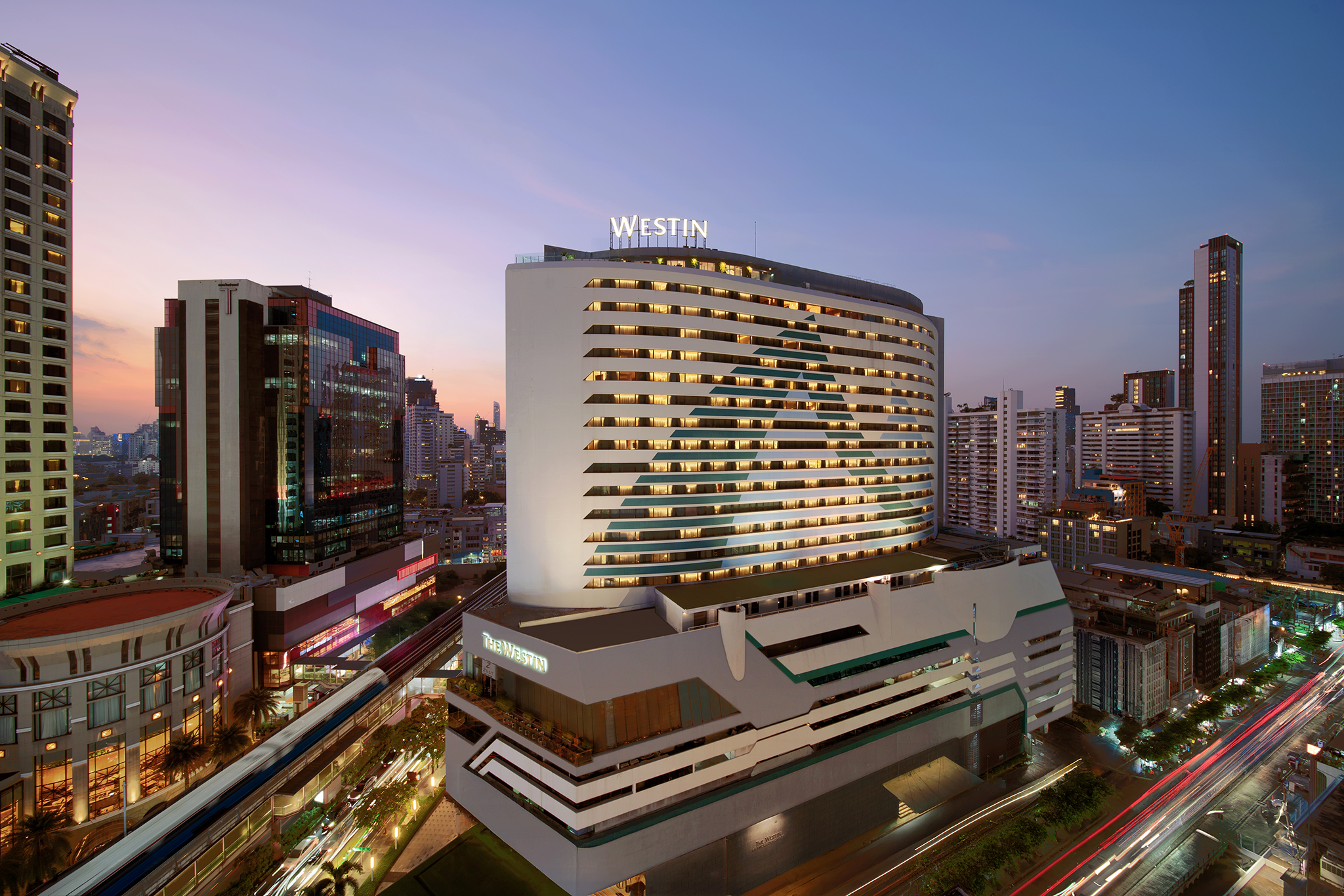All Wes Anderson’s films follow a fascinating atypical aesthetic which showcases amazing architecture and a symmetrical style. His distinctive design has taken the internet by storm with an entire website dedicated to ‘accidentally Wes Anderson’ locations around the world, as well as a new TikTok trend where users pay homage to the filmmaker by adopting his style in their videos. In honour of the upcoming release of Asteroid City on the 23rd of June, get inspired by these 17 incredible locations across the world which adhere to Anderson’s signature style- from the US all the way to Japan.
USA
Duquesne Incline, Pittsburgh
Opening in 1877, Pittsburgh’s Duquesne Incline is one of the only remaining inclines in the US. The best way to get lost in the city skyline is to ride the century-old Duquesne Incline car from the top of Mount Washington. With historical exhibits in the waiting room between rides, enjoy panoramic views of Pittsburgh and its three rivers, whether morning or night.
Royal Gorge Bridge & Park, Colorado
With magical mountain views, heart-pumping thrills and a wealth of history, Royal Gorge Bridge & Park in Colorado is a must for every thrill-seeker’s bucket list. Home to one of the world’s highest suspension bridges and the majestic Royal Gorge which stands 956 feet above the Arkansas River, guests can fly 1,200 feet above the canyon on the Cloudscraper Zip Line, glide across in an aerial gondola, and explore the historical roots at the Plaza Theater.
Griffith Observatory, California
As the largest municipal park in Los Angeles, Griffith Park protects some 4,210 acres of mountains and canyons in the eastern end of Santa Monica. It is located on the southern slope of Mount Hollywood in Griffith Park and offers incredible views over the whole city. The observatory also has the best vantage point of the iconic Hollywood sign and for those looking for more excitement can opt to take guided mountain bike rides.
The Space Needle, Seattle
Attracting visitors from far and wide, the Space Needle is arguably one of the most recognisable landmarks in the world. Opening in 1962, the tower’s futuristic design was chosen to symbolise humanity’s Space Age aspirations. Standing at 605 feet tall, the Space Needle offers visitors a 360-degree panoramic view of the Seattle skyline as well as Mount Rainier on a clear day. Ride the elevator, take some selfies and challenge your vertigo at Loupe, the world’s only revolving glass floor.
Silver Queen Gondola, Aspen, Colorado
VisitAspen and Snowmass Village for a spectacular ride on the Silver Queen Gondola. During the summer, the gondola runs daily from 10am – 4pm. Venture up through the aspen trees to reach the world’s highest disc golf course, participate in some mountainside yoga and or discover miles of biking and hiking trails. Sundays offer live bluegrass music with the Elk Mountains Range providing a spectacular backdrop. The Snowmass Balloon Festival will return in September to brighten up the sky with a swarm of 30+ vibrantly coloured hot air balloons. Visitors are encouraged to embark on a sunrise hike or bike to get the best view of the spectacle.
Mariposa County Courthouse, Yosemite Mariposa
Built in 1854, the Mariposa County Courthouse is the oldest superior courthouse west of the Mississippi and the oldest courthouse in continuous use west of the Rockies. Mariposa County was formed in September 1850, even before California became the 31st State of the Union. Four years later the Mariposa County courthouse was built. The Court has conducted normal proceedings continuously in this courthouse ever since, the longest active period for any courthouse west of the Rocky Mountains.
The Land of Lighthouses, Lake Havasu City, Arizona
With 28 lighthouses lining its shores, Lake Havasu City is home to the largest collection of lighthouses in the United States. Initially, an idea to preserve the area and make Lake Havasu a safer place for regular boaters, The Lake Havasu Lighthouse Club saw an opportunity to be creative, crafting 28 ⅓ scaled replicas of historical and iconic lighthouses from across the United States and Canada. Though smaller than their original counterparts, these lighthouses are all fully functional and are the pride of the Lake Havasu community who volunteer to maintain them with regular fresh coats of paint and light bulb changes.
St James’ Episcopal Church “Red Church”, Downtown Sonora, Tuolumne County
Also known as ‘The Red Church’, St James’ Episcopal Church was built in 1859 in the carpenter gothic style. The board and batten exterior is made from California red wood and then painted red, it is the oldest Episcopal church building in California and is a designated California Historical Landmark.
JAPAN
Akama-jingu Shrine, Yamaguchi, Japan
Situated on the waterfront of the Kanmon Strait with its distinctive large white base, the Akama-jingu Shrine was built to commemorate the spirit of six-year-old Emperor Antoku, who drowned there during the Battle of Dan-no-Ura in 1185. Inside the shrine, visitors will find seven mounds which represent the Taira Clan warriors who died in the battle, as well as a statue of Hoichi the Earless, a character from a traditional Japanese ghost story.
Suzuki Museum by Buddish philosopher, Ishikawa
The D.T. Suzuki Museum is dedicated to the life and ideas of D.T. Suzuki, a world-famous Buddhist philosopher. The museum’s building, designed by architect Taniguchi Yoshio, uses clean, simple lines as an architectural interpretation of Suzuki’s philosophy. The serene, open spaces are meant to inspire contemplation. There are exhibitions of Suzuki’s writings and photos that emphasise his thoughts about Zen Buddhism and its influence on daily life. Take time for thoughtful meditation in the three idyllic landscaped gardens, which include a glassy landscaped pond for self-reflection.
Fruits Bus Stops in Nagasaki, Kyushu
In the small Japanese town of Konagai, in the outskirts of Isahaya, in Nagasaki Prefecture, the bus stops come in five different flavours; watermelon, strawberry, orange, muskmelon and tomato, and run southwards along National Route 207. Entering this area is like getting lost inside a fairy tale fantasy world that can only be found in books. It was said that through the influence of “The Journey Exposition Nagasaki” in 1990, these fruity bus stops were built to bring harmony to those who visit.
Kappa Bridge, Nagano Prefecture, Three-star Road
Kappabashi is a suspension bridge stretching 36.6 metres over the Azusa River in the centre of Kamikochi and is symbolic to the area. Visitors can see Mt. Yakedake and Hotarenpo mountain range from the bridge. ‘Kappa’ is an imaginary creature that originated in Japan. It is said that long ago there was an abyss around this area where the Kappa lived. Another story says that travellers once waded through the river by putting clothes on their head, so they resembled Kappa. From the bridge, hiking trails lead up and down the valley and towards the summits of the surrounding mountains.
Tsuzumimon Gate, Kanazawa City, Three-star Road
Whilst travelling along the Three Star Road, which connects Kanazawa, Gokayama, Shirakawa-go, Takayama and Matsumoto, stop off at Kanazawa Station and marvel over the city’s main gateway and rail station. The wooden Tsuzumimon Gate outside the east exit is modelled after traditional Japanese drums called tsuzumi. The gate’s unique style has become a contemporary symbol of Kanazawa and is connected to a large, contemporary-style glass structure called the Motenashi Dome t.
Sugamo Shinkin Bank, Saitama
Located in the most populous city of Saitama stands the Sugamo Shinkin Bank. Architect Emmanuelle Moureaux created a playful dynamic façade by varying the depths of protruding cubic masses that double up as flower boxes. The building has 12 layers of colours, stacked up like a rainbow giving the building an animated touch. These layers illuminate at night to create a warm and welcoming atmosphere.
REST OF WORLD
Hungarian Parliament Building, Hungary
Taking 17 years to construct, the Hungarian Parliament Building is based on the design by architect Imre Steindl. A vital stipulation for the construction project was that only Hungarian raw materials were used for building and only by Hungarian craftsmen and manufacturers, right up to the flora indigenous to the Carpathian Basin used for decoration. Roughly 40 million bricks were used for the construction, with approximately 40 kilograms of 22 and 23 carat gold embellishing within the Parliament.
St. Michael’s Cathedral, Mangareva Island
St. Michael’s Cathedral, also known as the Rikitea Cathedral, is a parish of the Catholic Church located on Mangareva Island in the Gambier Islands of French Polynesia. The grand neo-gothic church is the largest church in the South Pacific. Built in 1839 out of burned limestone and painted sparkling white, the building fits 1,200 people and is three times larger than the cathedral in Pape’ete in Tahiti which was built by the same architect. Inside, Polynesian motives play against the classic Catholic themes and with the altar decorated with fine pearl oyster engravings encased with black pearls.
Sunrise Hot Air Ballooning in Canowindra, New South Wales, Australia
Glide over the historic township of Canowindra on a hot-air balloon adventure in New South Wales. Canowindra oozes charm with a fascinating colonial history, acclaimed vineyards and a reputation as the hot air balloon capital of Australia. Enjoy never-ending views of incredible scenery from the clouds as you embark on a sunrise flight, ending the experience with a catered champagne breakfast at Montrose House. www.sydney.com








